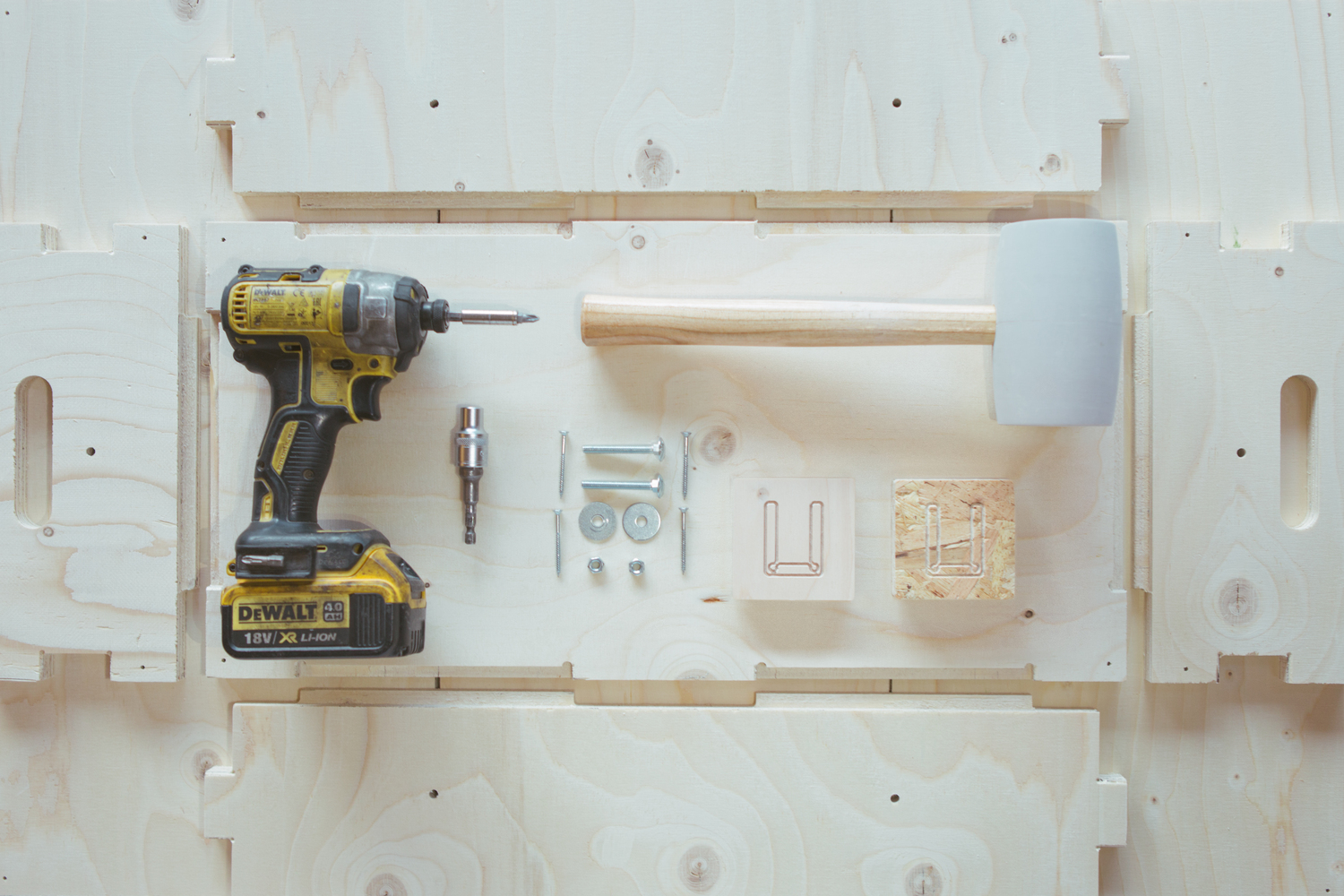Over the past year, in this strange period of isolation for most of the world, a new trend has emerged all over social media and the streets. Almost every time I go on social media or on YouTube “van life” or “vehicle conversion” videos pop up as recommended content for those of us desperate to get out of our apartments and feel a sense of adventure again. But this new way of living does not come without its challenges both physically (limited space) and architecturally (redesign of an existing environment). While some are able to embrace the close quarters associated with a renovated van, others have turned to school busses or campers to achieve this lifestyle but in a more appealing environment.

Another option for those seeking to live the nomad lifestyle but with a little more luxury is a new development called U-Build designed by Studio Bark. U-Build draws inspiration from Legos (an inspiration to every budding architect I imagine) with its system of flat wooden pieces which can then be assembled and disassembled into wooden blocks. These blocks can then be put together to build a small movable structure on the back of a trailer or can be stacked up to three stories high to make a semipermanent home all while lowering CO2 levels without the use of a concrete foundation or plasterboard walls. I myself am more drawn to this response to wanderlust simply because of comfort – the idea of living a life on the road seems incredible after all this time spent indoors but living that life in a 5′ by 20′ space seems just as limiting.


The use of modular wooden blocks to construct your own small home or tiny house trailer is really interesting in the context of the pandemic and the rising issues of homelessness as people lose their jobs and living situations. As we have seen in Charlotte, Tent City grew an incredible amount over the last year but if instead of tents, there was an easy assembly, low-cost way to build semi-permanent housing that could be easily moved or taken down after it is no longer needed. This kit of parts approach is a good business tactic to be able to control the refinement of each part. But thinking about the housing shortage, selling just the file so that anyone could CNC the panels is an option that cuts down on shipping cost and environmental impact. For the Solar Decathlon that Clemson University participated in in 2015, took this approach by emailing the files and using a CNC at the location of the competition. Using plywood is smart, as it is accessible anywhere in North America and fairly low cost. I think their idea of consumer building is their best marketing that separates them from other panel-driven systems.
LikeLike